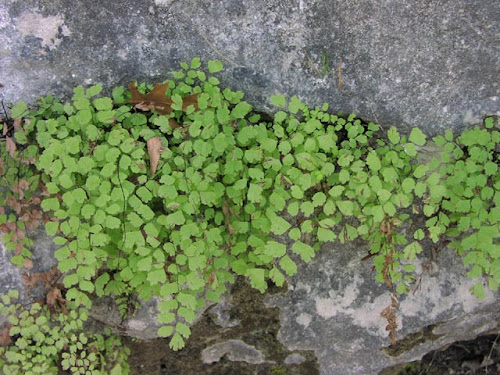Perennial
Light: Full Sun
Height: 5 feet to 8 feet
Width: 5 feet to 6 feet
Zones: 10a to 11b
Bloom Color: Blue
Leaf Color: Green, Silvery
Special Features: All or parts of this plant are poisonous, Not North American native
Shape: Rounded
Fertilizer: Miracle-Gro® Water Soluble All Purpose Plant Food
Want to know where Pride of Madeira will thrive in your house or garden? The EasyBloom Plant Sensor will give you a plant's-eye view of your environment to measure soil, sunlight, temperature and humidity.
Plant Care
Planting:
Sow seeds of annuals species in spring; sow perennial and biennial species in summer. Root semi-ripe cuttings of shrubby perennials in midsummer.
Plant Growth:
Echium grows best with full sun, and thrives in areas with hot summers. Species are drought tolerant, but cannot withstand temperatures below 30ºF. Where hardy, grow Echium in an annual, mixed, or herbaceous border. They also make good container plants. Elsewhere, raise Echium indoors.
Blooming:
Flowers are borne from spring to summer. They attract bees, butterflies, and birds.
Soil that is too rich will hinder flower formation.
Soil and Irrigation:
Outdoors, Echium does well with poor, dry soils. For indoor plants, use a standard soil-based potting mix. Water freely during the growing season; water sparingly in winter.
Pruning:
Plants should be cut back hard before winter.
Pests:
Slugs are known to attack young growth. Other pests include whiteflies and spider mites.





